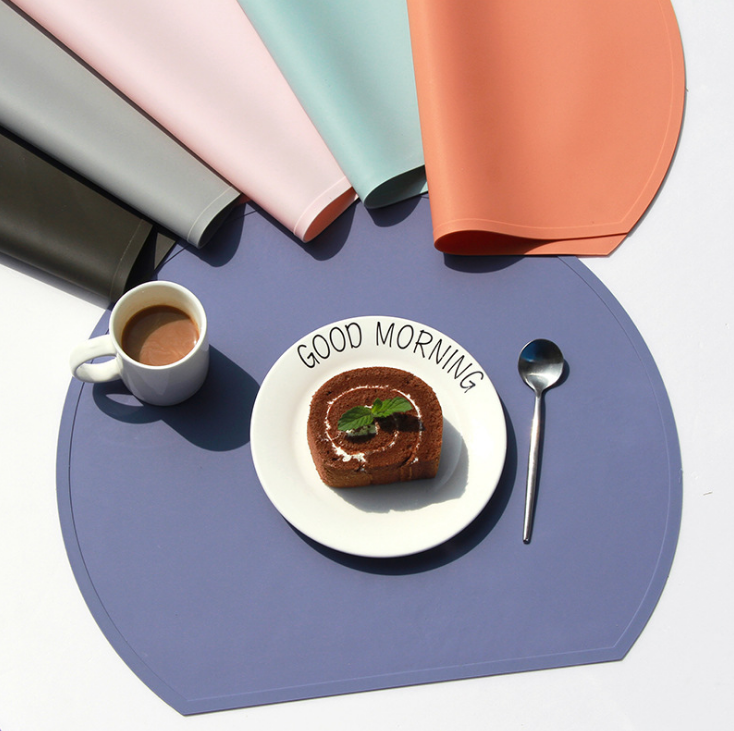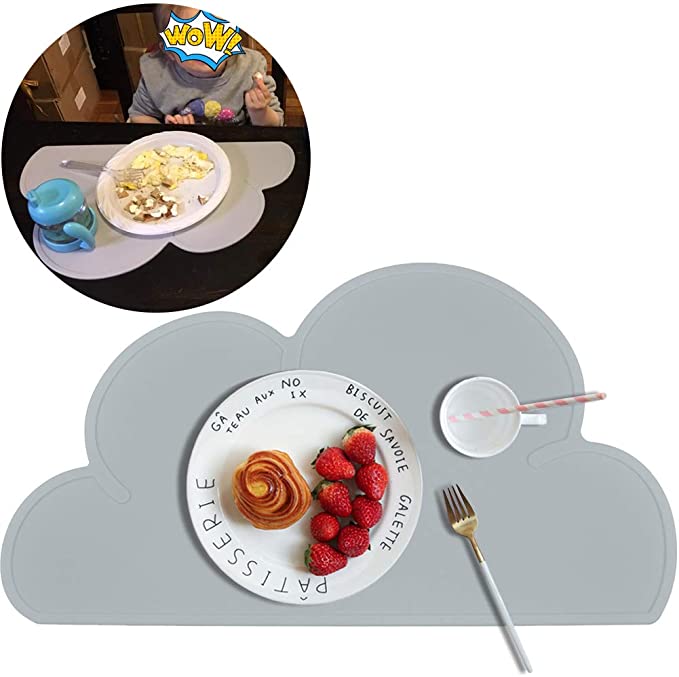Printing in the field is critical, and there is almost nothing more dazzling than a rough field. The roughness formed by the bright spots and dark spots in the printed field is called a stripe. The factors that cause this may be ink, paper, printing conditions or a combination of these conditions.
First, what is the marking
Streaks means unintended, changing light reflections in a uniformly-colored printed area, in a clouded, grainy, or other regular pattern. Generally, no markings are seen in the printing of characters, and it is difficult to find patterns in printing with "heavy and heavy" patterns, and it is particularly evident in areas where the printing is relatively gentle, such as the sky or other even-toned backgrounds.
The description of streaks as non-uniform reflections seems to be concise, but does not reflect (indicating) the complex process of light reflection and non-uniform light reflection as perceived by the human eye.
The first thing to consider is the light reflection of the printed surface. When we look at a flat and dense print, we think light is reflected from the surface. But this is not true. The surface of any object, including metal, plastic, or paper, is rough, pitted, and pinholes. The primary role of fillers such as paints and inks is to fill some of the potholes. When part of the light enters the surface of the sample, part of it is absorbed by the substrate material and turns into heat. The other light is reflected multiple times to form a smooth surface in the surface layer, and part of it passes through the pattern. In fact, some light reaches our eyes after passing through ink, paper, and other objects behind the paper.
Variations in ink and paper density or reflectivity and even background materials can produce a noticeable pattern of markings. The geometry and physical properties of the reflected light on the paper will also have a significant effect on the speckle phenomenon. We generally believe that paper and printed surfaces are sources of diffuse reflection, reflecting light in all directions, regardless of the angle of incidence. However, the surface of any object cannot achieve a complete diffuse reflection. Both paper and printed patterns diffusely reflect incident light and have a mirror reflection effect, reflecting a portion of the light at a predictable angle. The general angle of incidence is the same as the reflection angle and the direction is opposite. The small undulations on the surface of the paper, wrinkles, marks, and other surface features can all significantly affect the reflection of light and show a change in reflectivity. Surface properties can even produce a "corner reflection source" effect, where the density of light is magnified in particularly prominent areas. It can be seen that many factors can form a zebra phenomenon, many of which are not directly related to the printability of the printing material to the ink.
Second, the type of printed markings and the reasons for its formation
If we will discuss the effects of the change in the reflectivity of the printed surface only, there are still many variations in the printing process that can form a speckle. Problems such as paper, ink, printing methods, and other printing issues can create zebras, and in most cases they are the result of a combination of factors. Paper uniformity and surface characteristics form the most basic pattern of markings. Density, surface smoothness, fiber content, dust, filler content, sizing, surface pH, and changes in the specific vitality of the paper all affect the ink to the printing surface. The ability to transfer and its absorption, penetration and drying characteristics. Since the uniformity also affects the content of impurities and additives, the internal fiber distribution (uniformity) of the paper is usually the source of the above changes, and poor uniformity has a negative effect on the diffuse reflection coefficient and opacity.
Sandreuter defined three types of markings produced by the (offset) printing process in 1994.
1. Stripped back stripes
This is due to the deterioration of the ink transfer ability from the blanket to the paper. The type of factor is the ink is not stable or the solvent/oil is too fast from the pigment. Any change in ink transfer rate will form a speckle. The overlying print on the back usually appears on the first print, which can also be caused by inappropriate ink pH and viscosity values.
2. Water interference streaks
When the paper does not absorb the ink carrier and decrease the ink transfer amount, water-related noise marks are formed. The reason for this is generally due to excessive water usage, incorrect ink formulation, incorrect mixing of the carrier, or high alcohol content.
3. Wet sticky ink markings
When the order of the viscosity and pH of each ink is selected improperly, the second print will form a marking after printing. However, when these inks are printed separately, no markings appear.
Finally, due to the incorrect installation of the printing plate, the elastic force of the printing roller, the drive gear marks, and the change of the groove, the marking phenomenon will also occur. The ink transfer function is irregular, but there is a tendency to work only with certain inks, and the random process of markings produced by the surface properties of the paper will have an effect on all inks. The change caused by printing is usually predictable. Occurs regularly, which helps to limit it to a certain frequency range.
Third, visible print markings
Due to the definition of the markings and the above-mentioned speckle-affecting factors, it is difficult to objectively obtain a visible marking level.
There is one more point to discuss: Are obvious mechanical factors such as wrinkles, wrinkles, pinholes, etc. supposed to be considered as stripes?
Answer “yes†from the final printing result or the printer’s position; consider the quality of raw materials, the paper mill’s answer is “yesâ€; and the ink factory is “noâ€; the answer should be “no†from the comparison of experimental results. .
Fourth, the determination of markings
From an image analysis chart, in the phenomenon of marking we think, at least by two independent factors, the process acts like a non-linear way at the same time, and finally gives us the feeling of marking. Based on our definition of speckles, assuming that we divide the printed image into dark regions (lower than the average reflectance) and bright regions (above the average of the reflectivity), the speckle is the amount of change between the two groups of images. For the sake of clarity, we identify those spots in the image that are brighter or darker than the average background area as "spots." Sometimes these areas are also known as smearing, agglomeration, low quantification areas (fibers, flocs).
However, these spots can be described in two ways: size and reflectivity. We can feel the differences between bright spots and dark spots and their surrounding areas from the image. The size and contrast of these spots are referred to as the “particle morphology†of the markings.
We noticed that when the brightness decreased, we also reduced the feeling of markings or the severity of the markings. If we extend this trend further, we assume that the contrast of bright spots and dark spots is reduced sufficiently low, or the size of the spots is reduced sufficiently, we do not feel the appearance of markings. Also assume that the area of ​​the spot is large enough to wrap around the entire printed area so that our eyes do not feel that they are segmented, and we will not call it a zebra. The actual situation is that - all printing areas have produced a certain level of markings, but due to the small area of ​​the pattern or the low contrast, we do not feel the appearance of markings. So when the contrast is lower, the size of the bright areas and spots is not important. In other words, when the area of ​​the spots is small, the eyes feel that the spots are integrated with the printed content of the whole block. For example, a halftone pattern is considered a brighter color. Therefore, the size and contrast of the spot are the direct factors that affect human vision. (to be continued)
Silicone Placemat
Made of 100% safe food-grade silicone, BPA-free, non-toxic, odorless, eco-friendly & reusable.large enough to handle any situation for your baby`s meal. Raised edge which helps contain the mess your kid makes when eating or playing, remember never stop your kid from making a mess let your kid grow and have fun and learn things and by using our food mat your cleaning job will be easy.
Our main business is customization Silicone Phone Case,Silicone Rubber Sealing Ring Gaskets Grommets Accessories, Silicone Bracelets, Silicone Watchband, Silicone Keychains , Silicone Kitchenware. Silicone Spoon ,Silicone Stopper,Silicone Placemat Silicone Scrubber,Silicone Baby Products, Silicone Backpack , Silicone Pet Supplies If you are interested, please consult




YDS Product categories of Silicone Household Supplies, we are specialized manufacturers from China, Silicone Cup Coaster ,Silicone Placemat, Silicone Drinking Top , Silicone Gloves , Silicone Cake Mold , Silicone Ice Cube Tray , Silicone Wine Cup , Silicone Identifier ,Silicone Bottle Stopper , Silicone Door Stopper , Silicone Soap Holder , Silicone Shoe Covers , Silicone Straw ,Silicone Foot Cover & Protector,Silicone Cigarette Holder Clip ... Our Factory Advantages:
1.Mold workshop and 2D and 3D engineer department
2.Solid siliccone compression machine and liquid silicone injection machine
3.Disney and Sedex 4P audit factory
4.ISO 9001,IATF16949,Raw material of FDA LFGB MSDS Certificates
2.Solid siliccone compression machine and liquid silicone injection machine
3.Disney and Sedex 4P audit factory
4.ISO 9001,IATF16949,Raw material of FDA LFGB MSDS Certificates
Look forward to your cooperation!
Silicone Placemat,Heat Resistant Table Placemat,Silicone Waterproof Placemat,Silicone Dinner Placemat
Shenzhen Yindingsheng Technology Co., Ltd , https://www.ydsoemsilicone.com